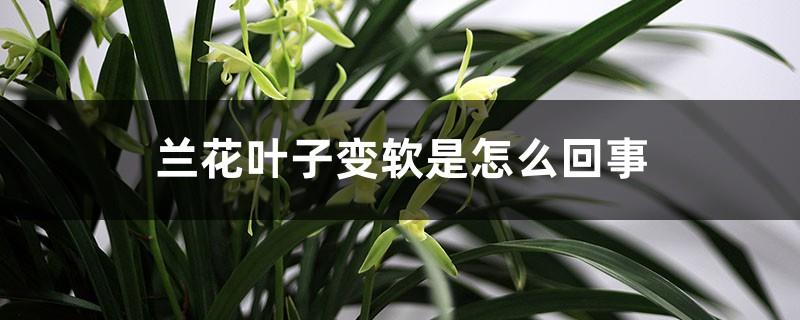How to grow clematis in winter
Last Update :2024.05.11
Article Catalog
3. Water control and fertilizer supplementation
Clematis needs sufficient light in winter, and the light time should not be less than 6 hours a day. For evergreen and F-series varieties, they must also be kept warm to prevent them from frostbite. When watering in winter, the amount of water should be controlled, and the water temperature should be close to room temperature. Do not use cold water for irrigation. For fertilization, organic fertilizer and bone meal should be used and mixed into the pot soil as base fertilizer. In late winter and early spring, moderate pruning is needed to promote the growth of new branches.

1. Sufficient light
1. Sufficient light
Clematis is a light-loving plant, and its growth is inseparable from light. In winter, you can put it in a sunny place, where the sunlight is soft and will not burn the plant. The lighting time should not be less than 6 hours a day, otherwise the growth will be poor.

2. Keep warm
Most clematis are very cold-tolerant and can grow in an environment of minus 20 degrees Celsius. However, the evergreen and F series are not very cold-tolerant and are generally only cultured in the south. If you want to raise it in the north, you need to put it in a greenhouse or put it in a plastic bag to keep it warm.

3. Control water and supplement fertilizer h2>
Clematis will enter a dormant period in winter, and its demand for water is not high at this time. Watering must be sparse and the substrate must be slightly moist. If the room is warm, you can water it normally and let it continue to grow. Fertilization needs to be combined with repotting, and adding organic fertilizer and bone meal as base fertilizer will help flowering in the second year.

4. Pruning in late winter
Clematis needs to be pruned in late winter and early spring to help new branches grow. However, early flowers should not be pruned to avoid loss of nutrients and affecting flowering. Large flowers need to be pruned lightly to keep the plant shape unchanged. Only cut off some branches that are too long, leaving about 7-10 nodes on each branch. Late-flowering plants should be pruned appropriately, and most of the branches should be cut off, leaving only 3-7 nodes.
2. Keep warm properly
3. Water control and fertilizer supplementation
4. Pruning in late winter
- END -
Why do orchid leaves become soft and how to save them

There are roughly four reasons why orchid leaves become soft. If the leaves lack n...
Is tiger head jasmine easy to care for?

Tiger head jasmine is a relatively delicate species and has genetic defects, so it...